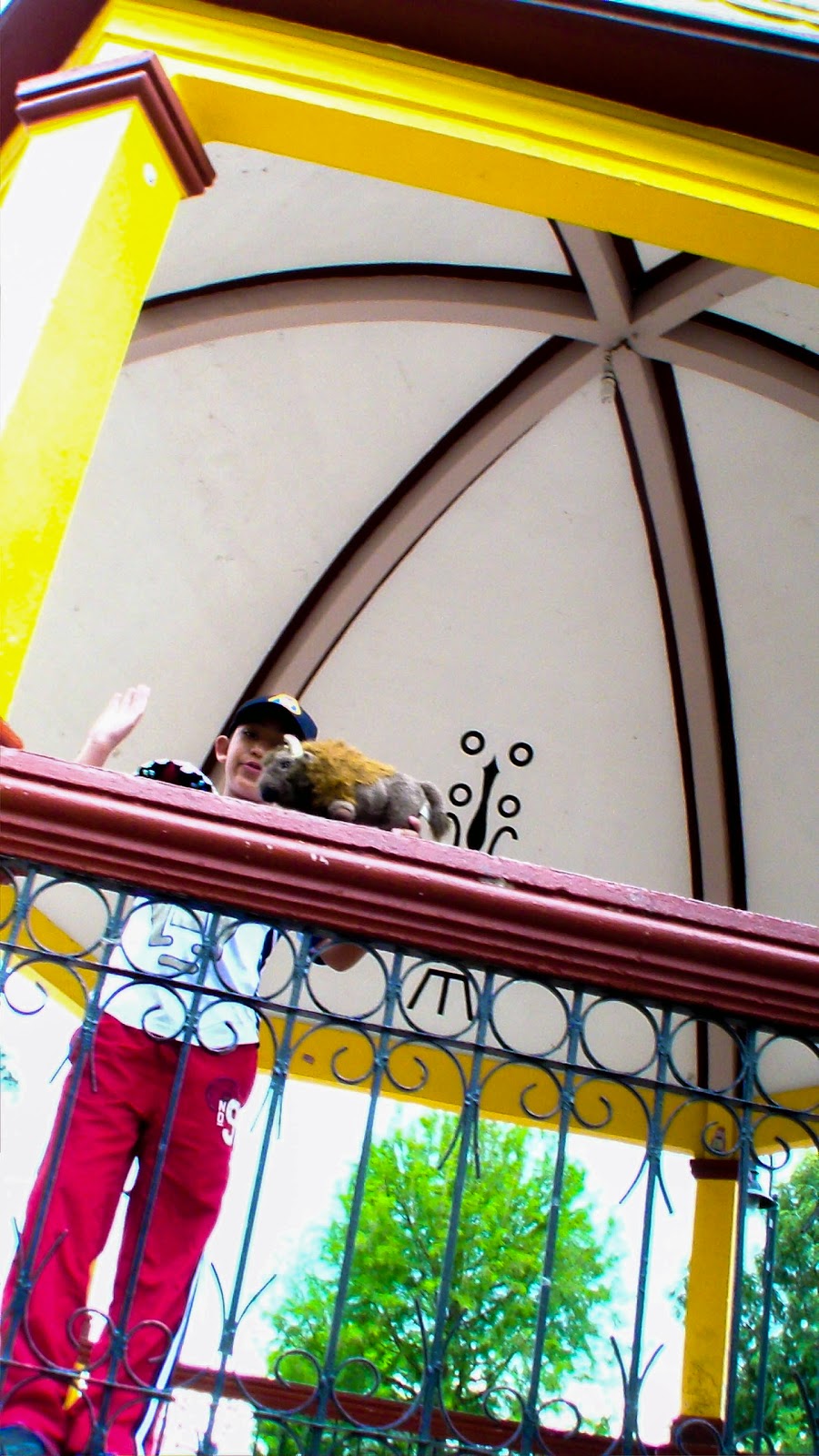

Among the most important buildings of this ancient metropolis are Calzada de los Muertos, main axis that served for tracing the city and crosses throughout its center. La Ciudadela was the city government’s venue and hosts important religious buildings, such as the ceremonial center and rooms where the highest leaders and priests are believed to have lived. Templo de Quetzalcoatl is located within and is one of the most important buildings in this archeological site for having impressive facades worshiping the feathered snake.

The Pyramid of the Sun is the largest and oldest structure of this complex, located in the center of the archeological zone, it is a monument built over a natural cave. It dates back to 150 AD and measures 64 meters high by 215 meters on each side, turning it into one of the largest constructions of Mesoamerica. It was restored in the 19th century, together with the Moon Pyramid.



































































0 comentarios:
Post a Comment